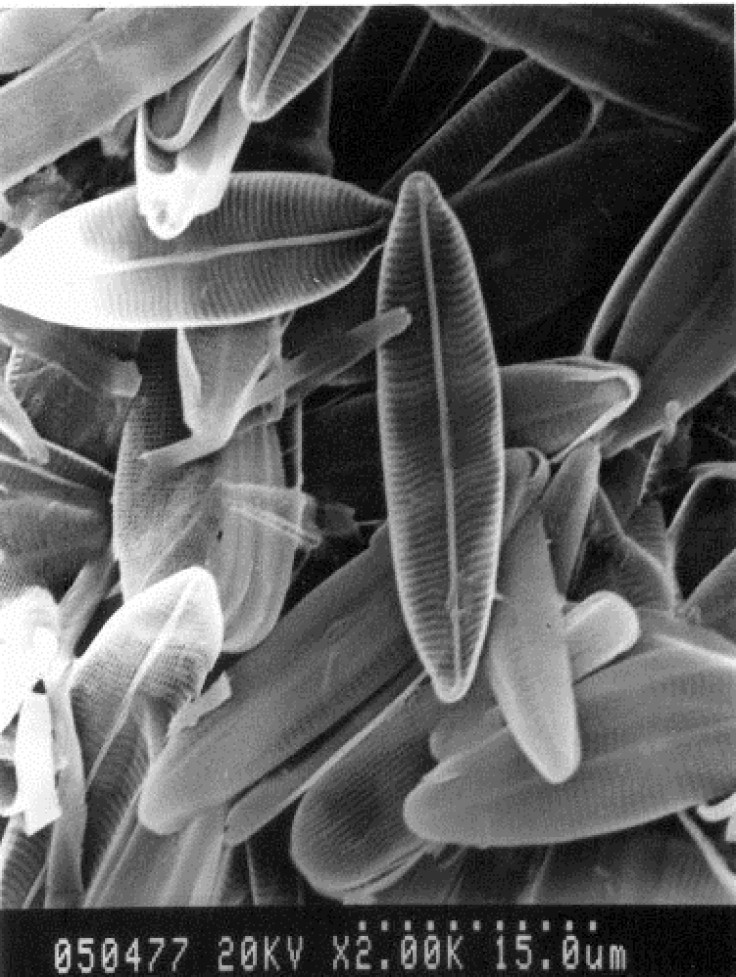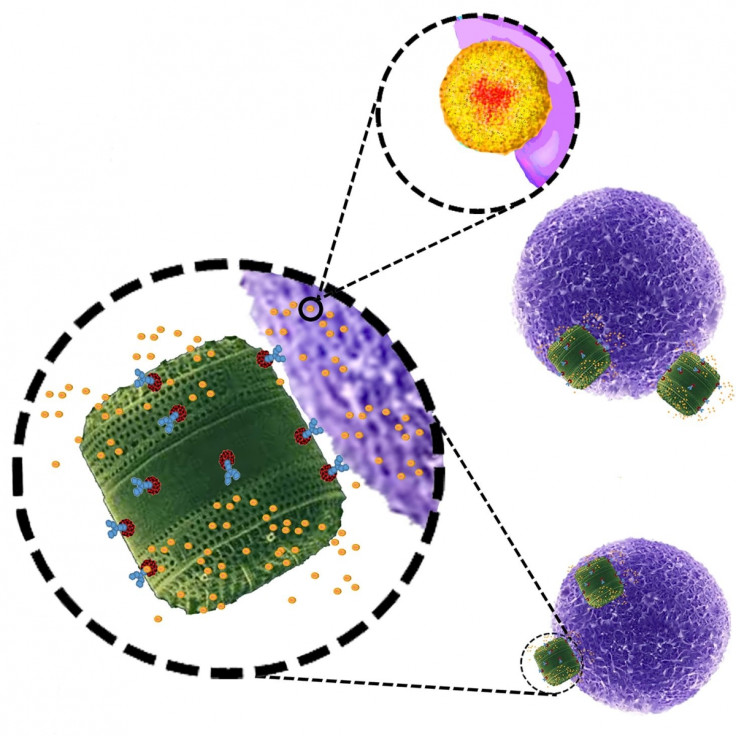Genetically engineered algae kills 90% of cancer cells without harming healthy ones

Algae has been genetically engineered to kill cancer cells without harming healthy cells. The algae nanoparticles, created by scientists in Australia, were found to kill 90% of cancer cells in cultured human cells. The algae was also successful at killing cancer in mice with tumours.
Nico Voelcker, from the University of South Australia, worked with researchers from Dresden in Germany to engineer diatom algae and loaded it with chemotherapeutic drugs. Publishing their study in the journal Nature Communications, the team also found that when they injected the nanoparticles into mice, tumours regressed.
Diatom algae is a type of tiny, unicellular, photosynthesising algae. It measures just four to six micrometres in diameter and is enclosed within a porous skeleton made of silica. Because chemotherapeutic drugs are often toxic to healthy tissue, the researchers were able to hide the drugs inside the algae.
Researchers genetically engineered the algae to produce an antibody-binding protein on the surface of their shells. In turn, the antibody binds only to molecules found on cancer cells, meaning it could deliver drugs to the target cells.
Voelcker explained: "By genetically engineering diatom algae - tiny, unicellular, photosynthesising algae with a skeleton made of nanoporous silica, we are able to produce an antibody-binding protein on the surface of their shells. Anti-cancer chemotherapeutic drugs are often toxic to normal tissues.
"To minimise the off-target toxicity, the drugs can be hidden inside the antibody-coated nanoparticles. The antibody binds only to molecules found on cancer cells, thus delivering the toxic drug specifically to the target cells.
The report authors sate: "These data indicate that genetically engineered biosilica frustules may be used as versatile 'backpacks' for the targeted delivery of poorly water-soluble anticancer drugs to tumour sites."
As algae mostly only needs water and light to grow, the team believes the technique could reduce the cost and waste of nanoparticle manufacturing and has huge potential for future cancer treatments. "Although it is still early days, this novel drug delivery system based on a biotechnologically tailored, renewable material holds a lot of potential for the therapy of solid tumours including currently untreatable brain tumours," Voelcker said.

© Copyright IBTimes 2025. All rights reserved.






















